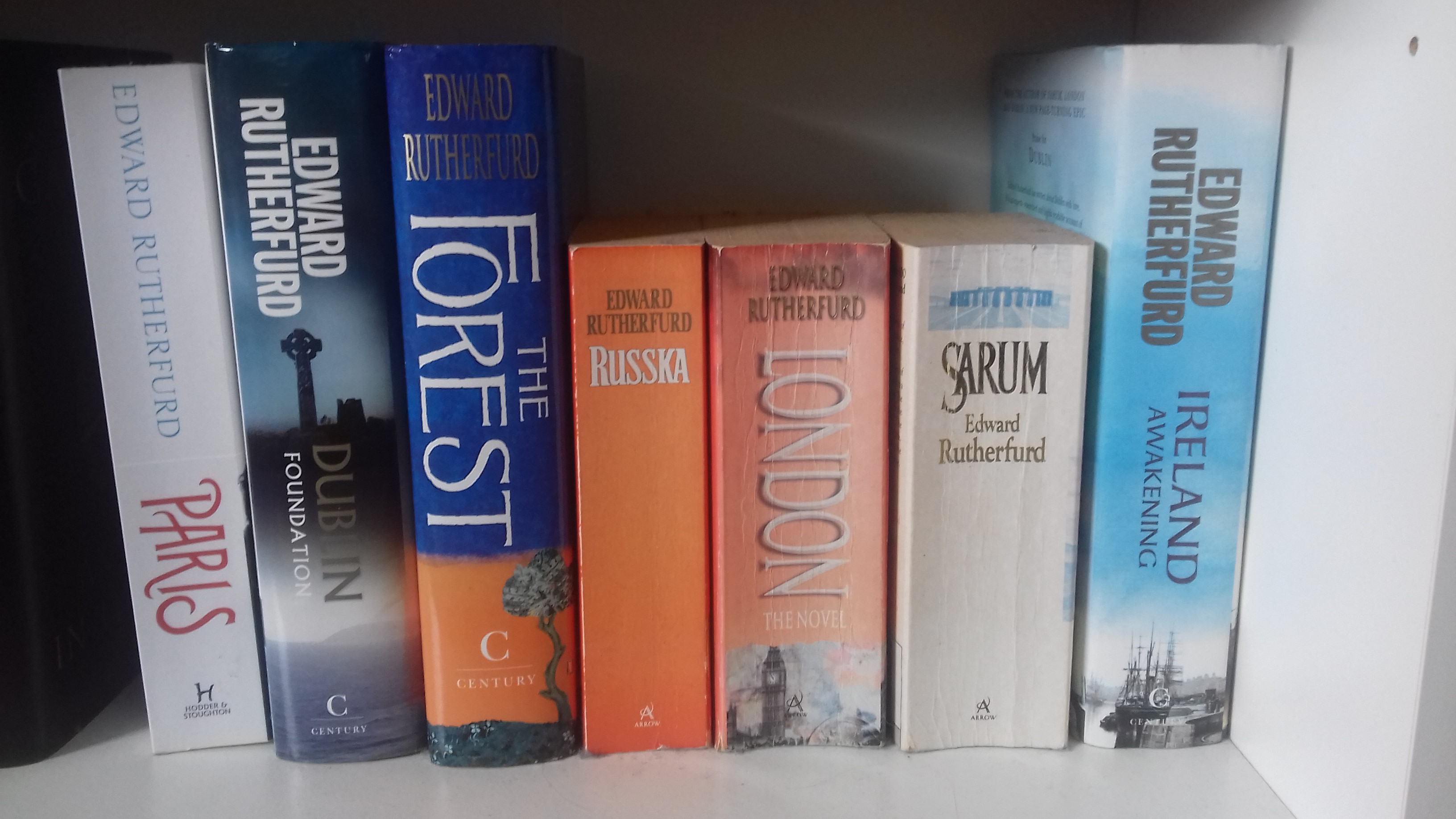


He ends up marrying a fiery young red-headed Celtic lass, whose horseback-riding tomboy descendants will reincarnate over and over again after the Porters start intermarrying with the Shockleys, who are themselves descendants of an Anglo-Saxon nobleman. Meeting trouble as many soldiers in invading armies do when he makes the mistake of thinking maybe you can conquer people without being so mean about it, he gets shunted off to an obscure little no-where post called Sarum to keep him out of trouble.

Centuries after that, the Masons are Methodists and temperance crusaders.Ĭaius Porteus comes to Britain as an idealistic young Roman officer. Centuries later, his descendants are building Salisbury Cathedral. One of his descendants learns how to build villas, arches, and aqueducts from the Romans. Nooma the Mason, architect of Stonehenge, is the ancestor of a long line of masons. Tep causes trouble and gets booted out of the community, but his descendants, known for their long toes and conniving ways, will haunt Sarum for thousands of years, first as the ancient "river people" who survive by fishing and boating even through successive invasions of Romans, Anglo-Saxons, Vikings, and Normans, and much later as the scheming Wilson family. A paleolithic hunter in a time when there are still a few neanderthals extant, his is the first of many family feuds that will affect the course of Sarum's history, as he encounters Tep, a sneaky little bastard who nonetheless shows him the way to Salisbury Plain and its surrounding hills, where they settle. The first arrivals are Hwll and his family, seeking high ground as the Ice Age warms and the ocean rises. Some of them are there right from the beginning, others don't come along until Roman or Anglo-Saxon or Norman times. It does so by focusing on several families and their ups and downs over the centuries. Sarum tells the entire, and I mean entire (up to the point it was written, circa 1985) history of England via the cathedral city of Salisbury, once known as Sarum, which sits at the confluence of five rivers and has been a population center for thousands of years, as evidenced by the fact that Stonehenge sits on the edge of Salisbury Plain. I cannot vouch for its historicity (it was written in the 80s, and I think there has been a little bit more archeological evidence uncovered about Stonehenge now, plus I never trust any history written about the pre-Roman Celts because the fact is, we don't know shit about them), but Rutherfurd at least does a credible job of convincing me he did the research. I think the obvious comparisons are probably Ken Follett, James Michener, Philippa Gregory, and Morgan Llewellyn, except that to be honest, I've only read Llewellyn. Really, whatever we think we know is probably bullshit.


 0 kommentar(er)
0 kommentar(er)
